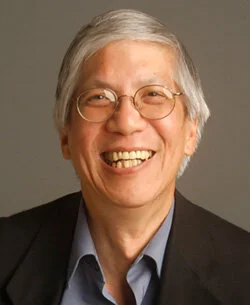Gary Fong Discusses Impact of Photojournalism at Seventh Annual MPJI Lecture
Photo Courtesy of Eddie Junior | via Unsplash
Photojournalist Gary Fong, whose photographs have won him many awards such as San Francisco Bay Area Photographer of the Year and earned him the honor of having his work published in Time Magazine, The New York Times and the San Francisco Chronicle, spoke at the Seventh Annual MPJI lecture on Wednesday, March 24.
Photo Courtesy of MPJI
Whether it is a shot capturing celebrity couples or biker gangs causing trouble, a photo entails a story that moves people, promotes change and advocates for action according to Fong.
“When we are out with cameras, we are a witness to history,” Fong said. “It is an awesome responsibility to watch history unfold.”
During Fong’s career as a photojournalist in the ‘70s and ‘80s, photographers worked with the limitations of shooting film.
“Be precise on what you shoot,” was the advice Fong gave to students aspiring to become photojournalists.
With the development of digital cameras and editing software, it is much easier to create the perfect shot. However, new technology also makes it much easier to manipulate a photo from what it actually portrays. Fong warned the audience that precision and integrity will determine how a shot can move the hearts of viewers.
Fong shared different pictures that depicted moments during wartime and damage caused by natural disasters. No matter how descriptive words in an article may be, a photograph of such devastation can allow the viewer to experience the event themselves. In history we’ve seen that a single photo can urge governments to fund programs and send help to those in need. According to Fong, the same photo that calls for government action can also unite the world.
“Pictures have a tremendous amount of effect,” Fong said, “regardless of a person’s background.”
A message may get lost in translation, but photographs capture moments in a way that transcends language, nationality and culture.
Fong explained how he switched from a major in engineering to that of journalism per God's “calling.” After years of serving as a photojournalist, the stories he told and pictures he shared showed the audience that he fulfilled his calling by integrating his faith into his work. While Fong would have preferred to speak in person, he was still able to present his favorite captured moments on Zoom and tell stories that highlighted his career as a photojournalist.


